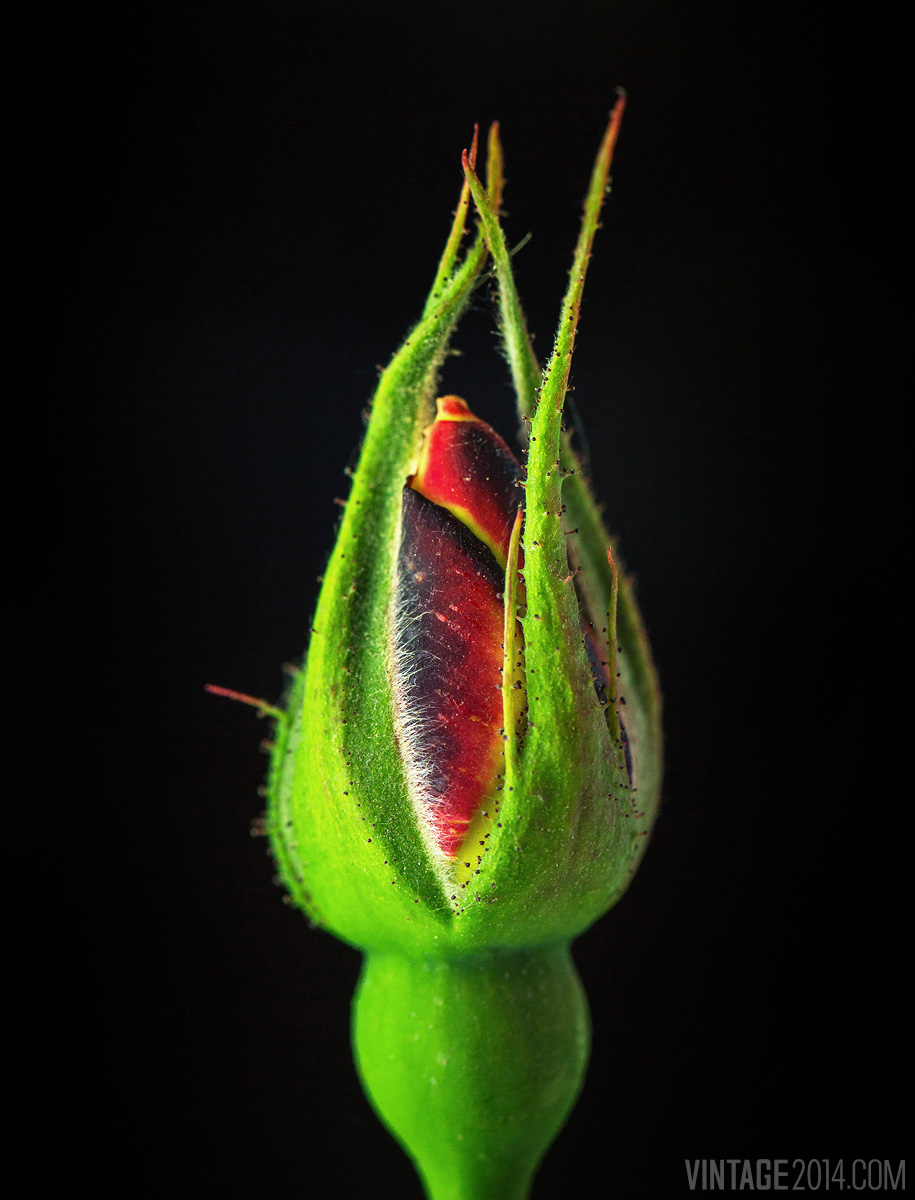Author and poet, Gertrude Stein, may have written one of the most memorable phrases when she penned, “Rose is a rose is a rose,” but this lovely blooming beauty is far more valuable when its function in the vineyard is taken into consideration.
Typically planted along vineyard fences and around entryways or structures, roses serve as colorful accents against the backdrop of endless rows of green vineyard foliage. Although they are not necessarily a part of the cover crop, they are an important part of the vineyard’s ecosystem. They thrive in similar soil and sunlight conditions as grape vines do, so the two make ideal companions.

Aside from their beauty, healthy unblemished roses are an indicator of vines that are nourished and well cared for, but roses in distress play their most important role on the perimeter of the vineyard as part of an early warning system, alerting grape farmers to initial signs of disease and vine stress. Roses are highly susceptible to certain fungal diseases, such as powdery mildew, which can also cause significant damage to grape vines. Powdery mildew, which flourishes in warm, dry climates, is one of the most significant issues in California vineyards. If signs of powdery mildew appear on the roses, wine farmers will know of the problem in advance and have a chance to take action sooner, hopefully preventing infection of the vines.
Additionally, roses welcome bees and other beneficials to the vineyard. These helpful insects reduce the number of harmful pests among the vines.

